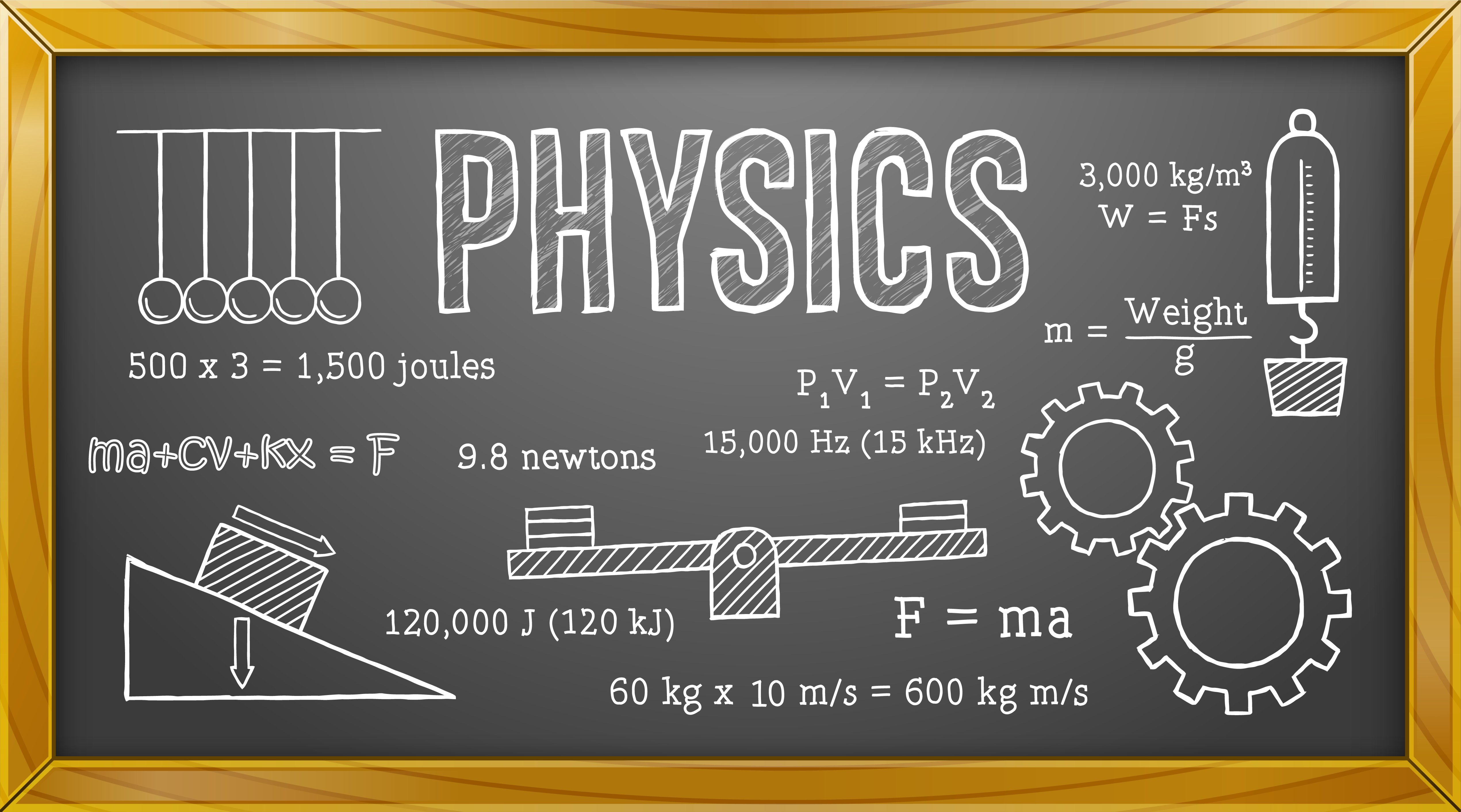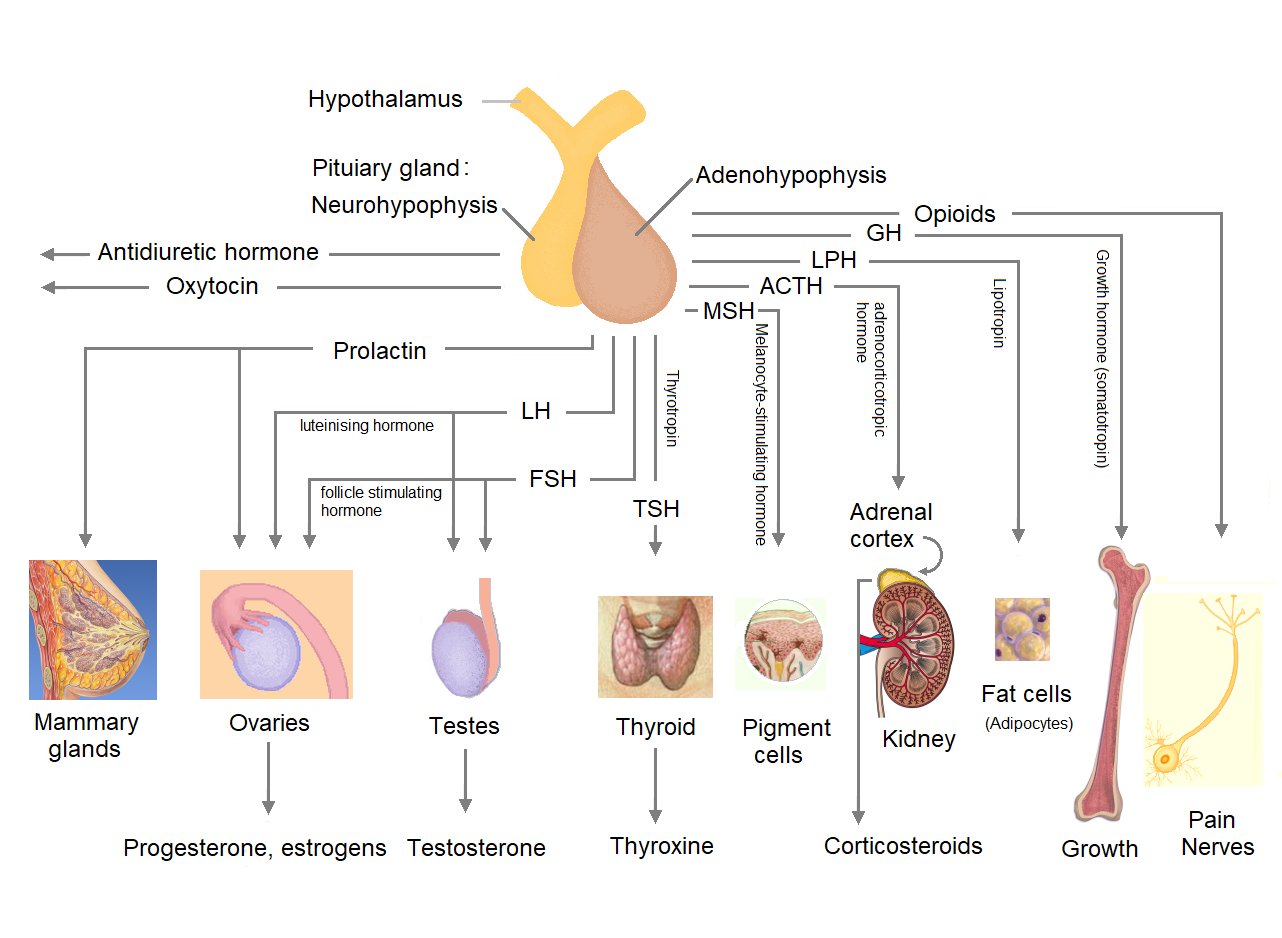Everyday Physics: Explained
Physics is often perceived as a realm of Big theories and complex equations, seemingly detached from our everyday experiences. However, the reality is quite the opposite: physics governs nearly every aspect of our daily lives, from the simplest actions to the most complex technologies. As someone who has immersed themselves in the fascinating world of physics, I’ve come to appreciate how these principles not only explain the universe but also shape our routines and interactions in profound ways.
Grasping the Basics: Newton’s Laws in Action
Understanding how objects move and interact with each other is fundamentally based on Newton’s laws of motion. These laws are not just theoretical concepts but are actively at work in our daily activities.
Newton’s First Law of Motion: Inertia in Everyday Actions – Everyday Physics
Newton’s first law states that an object at rest will remain a t rest, and an object in motion will remain in motion unless acted upon by an external force. This law is perhaps best illustrated when we consider the experience of driving a car.
The Lesson of Inertia
Driving along a straight road, you might not notice the car’s inertia until you need to brake suddenly. The car wants to keep moving forward due to its inertia, and you feel yourself lurch forward in response. Understanding this principle helps us anticipate and respond to changes in motion, whether on the road or in other situations where inertia is at play.
Newton’s Second Law of Motion: Force, Mass, and Acceleration
Newton’s second law asserts that the force applied to an object equals the product of its mass and acceleration. This law is crucial for understanding how forces interact to produce motion.
The Power of Force
Imagine playing a game of billiards. When you strike the cue ball with the cue stick, the force you apply determines how the ball moves across the table. The heavier the ball (greater mass), the more force is needed to achieve the desired acceleration and change in motion. This principle underscores the relationship between force, mass, and acceleration in everyday activities.
10 Facts About Famous Unsolved Mysteries | Maya (mayathevoice.com)
Newton’s Third Law of Motion: Action and Reaction
Newton’s third law states that every action has an equal and opposite reaction.This law explains interactions between objects and how forces result from these interactions.
The Dance of Forces
Consider the simple act of walking. As you push against the ground with your foot (action), the ground exerts an equal and opposite force that propels you forward (reaction). This law is evident in numerous daily activities, highlighting the balanced forces at work in our movements and interactions with the environment.
Applying Energy Principles: From Electricity to Cooking – Everyday Physics
Energy is another fundamental concept in physics that influences countless aspects of daily life, from powering our homes to preparing meals in the kitchen.
Electrical Energy: Powering Modern Conveniences
Electricity, a form of energy, is integral to our modern lifestyles. Whether we’re turning on lights, charging devices, or using appliances, electricity fuels our daily activities.
The Magic of Electrical Circuits
Recently, I encountered a problem with a malfunctioning light switch in my home. By understanding how electrical circuits work—how electricity flows through wires and switches—I was able to diagnose the issue and make the necessary repairs. This hands-on experience underscored the practical applications of electrical principles in everyday maintenance tasks.
Thermal Energy: Cooking and Climate Control
Thermal energy, or heat energy, plays a crucial role in cooking food and regulating indoor temperatures. Understanding how heat moves and transfers helps us cook meals safely and efficiently.
Cooking with Heat Transfer
When preparing a meal, whether boiling water or baking bread, I rely on principles of heat transfer to ensure even cooking and food safety. From conduction (direct contact with a hot surface) to convection (circulation of hot air in an oven), these principles guide my culinary decisions and techniques.
Exploring Fluid Dynamics: From Faucets to Flight
Fluid dynamics, the study of fluids in motion, impacts various aspects of daily life, from the water flowing through pipes to the air moving around aircraft.
Hydrodynamics: The Flow of Water
In our homes, we rely on plumbing systems to deliver water for drinking, bathing, and sanitation. Understanding fluid dynamics helps us design efficient plumbing systems that optimize water flow and minimize waste.
Plumbing Woes and Solutions
Dealing with a clogged drain or a leaking pipe at home prompted me to learn more about fluid dynamics. By understanding how water pressure and flow rates affect plumbing systems, I was able to troubleshoot and resolve issues effectively, ensuring the smooth operation of household fixtures.
Aerodynamics: Flight and Airflow
Aerodynamics governs the movement of aircraft through the air, as well as the design of vehicles and structures to minimize air resistance and maximize efficiency.
Fascination with Flight
As a hobbyist pilot, I’ve always been captivated by the principles of aerodynamics. Whether flying a small plane or observing commercial jets, the intricate balance of forces—lift, drag, thrust, and weight—becomes apparent, illustrating the application of physics in achieving controlled flight and safe travel.
Conclusion:
In conclusion, physics is not just a subject confined to textbooks and laboratories—it’s a dynamic framework that underpins the world around us. By understanding and appreciating these principles—whether through personal experiences, like troubleshooting a broken appliance, or through broader applications, such as driving a car or cooking a meal—we can gain a deeper insight into the forces and energies that shape our daily existence. So the next time you encounter a situation where physics is at play, take a moment to recognize the invisible forces and principles guiding the world—and perhaps gain a newfound appreciation for the science that surrounds us every day.



